ECG worked with Cone to develop a phased approach to establishing its telehealth program. Phase I—the focus of this case study—introduced telehealth to the organization through a small-scale pilot program offering asynchronous eVisits through Epic. In addition to launching telehealth, Cone wanted the Phase I program to engage with and respond to the needs of impacted stakeholders, particularly providers, and build a culture conducive to change man-agement. The outcomes of Phase I built a foundation for a second phase in which Cone is deploying a larger-scale competitive program that adds a live video platform and expands use cases.
Key components of the Phase I strategy included:
- Identifying a simple point of entry into telehealth.
- Creating work groups to represent impacted organizational stakeholders.
- Building clinical support for the new delivery model.
- Piloting with a small, yet representative, patient population of Cone Health employees.
- Designing an effective marketing and communications plan.
There are two types of telehealth visits—synchronous and asynchronous. Synchronous visits are real-time interactions between providers and patients, similar to traditional in-office visits except that they occur over phone or video instead of in person. Asynchronous telehealth visits also offer an option for remote consultation, but instead of connecting with providers in real time, patients submit information for providers to review and respond to at a future time.
1. Identifying a Simple Point of Entry Into Telehealth
Cone wanted a provider-friendly solution that complemented its current competencies and patient offerings. Since Cone was already using Epic’s EHR for health records and documentation and MyChart for its patient portal, ECG suggested using Epic’s asynchronous eVisit module as an easy entry into telehealth. The familiar Epic platform ensured ease of use for providers and patients and alleviated integration concerns. Cone uploaded clinical questionnaires for a small number of conditions into the eVisit module. Patients with these conditions who were interested in remote care could fill out the appropriate questionnaire and receive a treatment plan from a provider post-submission, all within the MyChart portal.
ECG worked with Cone to add a notification system that alerted participating providers to new eVisits coming into the system through a shared email mailbox, so providers weren’t tethered to their computers during eVisit shifts. As strong process and protocol users, advanced practice providers (APPs) were selected as the primary providers for the Phase I visits, with the expectation that they would train additional providers during Phase II.
Conditions treated include: c
ough, sinus pain, back pain, urinary symptoms, red eye, diarrhea, flu-like symptoms, vaginosis, contact dermatitis, sunburn, swimmer’s ear, and tick bites.
2. Creating Work Groups to Represent Impacted Organizational Stakeholders
“One of the first things we noticed about telehealth was just how many areas of our organization it impacted,” said Dr. Jenkins, a provider champion who now holds the title of Vice President of Telehealth. Cone established project work groups for each function impacted by telehealth, including operations/revenue cycle, IT, marketing and change management, and clinical standards. A number of the APPs who were actually treating patients via asynchronous telehealth visits were members of the clinical standards group, closing the loop on the development of telehealth-specific clinical protocols.
These work groups were established pre-implementation. They met often (at least twice a month) and maintained oversight of the functional scope even after the initial asynchronous visit telehealth program was implemented.
An executive-level steering committee was also formed to facilitate access to the various subject matter experts within each of the work groups and to identify and communicate gaps in resource needs as well as ensure quick resolution.
3. Building Clinical Support for the New Delivery Model
Having a clinically focused work group gave the organization an opportunity to develop the tools participating providers needed to easily deliver care through the telehealth program. The APPs in the clinical work group provided valuable commentary on the appropriateness and efficacy of telehealth-specific clinical protocols based on their experience treating patients. “When it came time to develop and test clinical protocols, our providers were immensely involved,” Dr. Jenkins said. “They had veto power and the ability to modify the clinical protocols we used—it really increased their buy-in and excitement.”
Cone also appointed provider champions like Dr. Jenkins to evangelize the initial telehealth program to other providers. They utilized existing provider communication channels to advocate for the program and cement support. The provider champions were able to share firsthand accounts of ease of use and integration with existing workflows. “By automating the care plans and clinical protocols as much as possible, we were able to solve for clinical variation and time spent documenting visits—also major provider satisfiers,” stated Dr. Jenkins.
In addition, Cone made sure that providers felt supported at the point of care. When APPs identified workflow issues, they were addressed promptly. Suggested modifications to clinical and operations protocols were communicated directly to the clinical and operations work groups, and they were typically approved and implemented within days.
4. Piloting With a Small, Yet Representative, Patient Population of Cone Health Employees
The reimbursement landscape for telehealth is complex. Specifically, North Carolina does not require commercial insurance plans to cover services delivered via telehealth modalities. Individual plans have discretion to make coverage decisions, and these vary widely. Medicare and Medicaid also have complex regulatory requirements and reimbursement practices for telehealth. Parity between in-person doctor visits and telehealth visits is not yet commonplace.
Cone Health didn’t want its providers to be discouraged by the limited reimbursement opportunities in the state, especially during this important introductory period, so Phase I asynchronous telehealth visits were only offered to Cone Health employees who belonged to a Cone Health insurance plan. This gave the health system complete control and created a cost savings opportunity—employees who may have otherwise presented at urgent care centers or even the ED with low-acuity medical issues could now receive high-quality, personal, and cost-effective treatment through the eVisit experience. Participants in the health system’s high-deductible plan were charged $30 per visit, while employees enrolled in the Choice plan had no cost associated with visits.
Another advantage of introducing telehealth to the employee population first was the opportunity it afforded to solicit honest feedback, which could then be incorporated into Phase II of the program. Regular communications developed by the marketing work group touted the benefits of the eVisit program and created a dialogue between the developers of the program and the Cone employees participating in it. The constructive feedback received from the employees, who were generally representative of the surrounding Greensboro community, helped Cone refine the eVisit program before it was rolled out to the larger patient community.
5. Designing an Effective Marketing and Communications Plan
Cone Health’s marketing and communications plan included internal and external activities to promote the new telehealth program. The marketing work group defined the overarching strategy and also monitored key results.
Internal communication included having the provider champions on the agenda for medical staff meetings and committee meetings across the organization. Early exposure to the new technology, as well as a thorough discussion of the clinical tools and related considerations, helped to prepare the provider community for a larger telehealth deployment in Phase II. In addition, information-sharing about the Phase I pilot ensured that providers would not be blindsided by any telehealth data or documented follow-up needs communicated by the eVisit providers.
Marketing efforts also targeted employees via benefits sessions and email blasts. As Cone began to conceptualize the second phase of its telehealth deployment—making eVisits available to a larger patient population and introducing video visits—marketing efforts expanded to include flyers at clinic sites, social media content, web marketing, and even radio spots.


